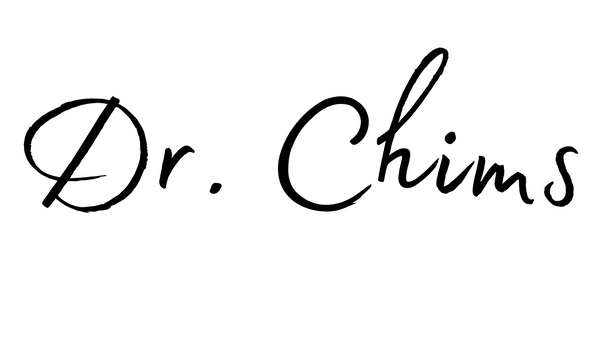Alcohol / Drug Dependence

Alcohol/drug dependence occurs when people become reliant on the use of alcohol or drugs. It is also common with patients who were prescribed with drugs for treating mental disorders such as depression, bipolar disorder, obsessive compulsive disorder, antisocial personality disorder, schizophrenia, and anger control disorder.
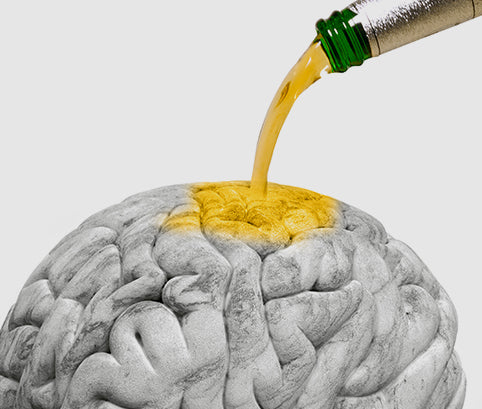
When one drinks alcohol, the body produces endorphins, which bind to opioid receptors in the brain, inducing pleasurable feelings. The more one drinks, the capacity of the opioid receptors will increase, causing one to have to drink more to meet the same level of pleasure experienced before. When this repeats, one becomes dependent on the substance to the extent that one cannot live without it.
This is how heroin, a type of drug, works, too, in the brain. The difference between heroin and alcohol is that heroin expedites the process, and hence the pleasurable feelings are quicker and stronger.
Opioids, endorphins, and heroin are all neurotransmitters. Alcohol/drug dependence occurs when addiction develops in the process of relieving neurotransmitters to forget stress.
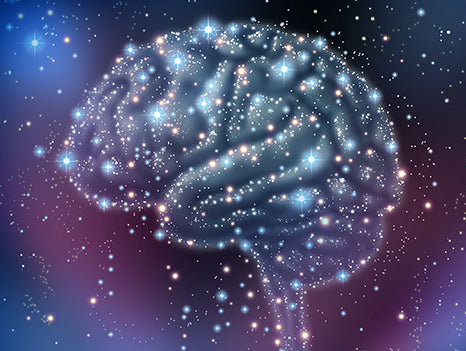
What is a neurotransmitter?
Neurotransmitters — dopamine, serotonin, endorphins, etc. — are substances affected by stress. Neurotransmitters affect the sympathetic and parasympathetic nerves, and when they are not balanced, autonomic dysfunction and various neurological symptoms can occur.
One neurological symptom, because it disrupts the homeostasis, often leads to another. For example, insomnia (caused by the deficiency of serotonin) may be accompanied by other neurological symptoms such as panic disorder or depression (caused by abnormal dopamine). Or, if one experiences a panic disorder, one may experience a light insomnia or depression. If one has depression, insomnia or impulse-control disorder may follow.
An excess or deficiency of one neurotransmitter can lead to abnormalities in other neurotransmitters. In other words, in treating neurological disorders, it is important to maintain a mutual balance, also called homeostasis.
Problems with conventional treatment
Current treatment of neurological disorders relies on the administration of neurotransmitters associated with particular diseases. For example, for treating insomnia, serotonin is administered. When the treatment lasts for a long period of time, the balance of serotonin with other neurotransmitters starts to break down, resulting in side effects or other symptoms caused by abnormalities in neurotransmitters.
Treating alcohol/drug dependence also relies on the administration of neurotransmitters. In the case of opioid addiction, naloxone is administered, which is effective only on a short term. If the administration continues, the balance of the neurotransmitters will eventually break down, causing a side effect like autonomic nervous system disorder.
Meditation, exercise, breathing techniques, yoga, etc. are recommended as treatment without side effects, but the effect is known to be insufficient.
Self-diagnosis and how to restore the balance of neurotransmitters
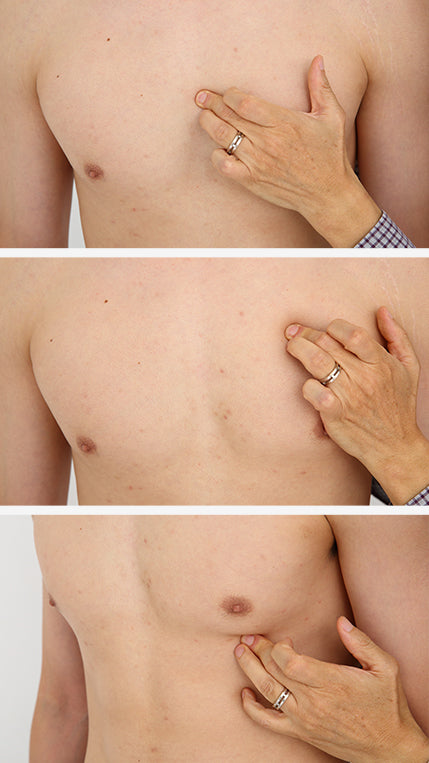
1. Treatment points
Most of the acupuncture points related with neurological disorders are located in the chest area (ribcage). The importance of treating the chest muscles (pectoralis) also have been proven essential in the Myofascial Pain Syndrome (MPS, also known as trigger points). For a diagnosis, one can press the ribcage and chest to identify the area of pain.
Place your finger on the area where you think the pain is, and press down firmly to identify the area of pain. When you feel a muscle or bone ligament at the tip of your finger, gently rub the affected area to narrow down the pain area. If the identified pain area is wide, the symptoms are likely to be more severe.
2. How to treat chest pain
In the area of pain or inflammation, free radicals — equivalent to 1/1000 of the light of a firefly — are generated. They are called bio-photons.
When the light generated from the area of pain is retro-reflected (back to the area of pain), it creates a phenomenon of mutual resonance. Due to the same range of wavelengths, the light can penetrate deeply into wound, stimulating the corresponding sensory nerves until the pain is relieved.
The therapeutic effectiveness, safety and efficacy of the Chims Band treatment were confirmed by The Study on the Analgesic Effect of Chims Band after Endoscopic Shoulder Surgery, conducted under supervision of the Korean Ministry of Food and Drug Safety and received the support of Dongshin University Oriental Medicine Hospital, Gwangju, Korea.
The study proves that the stimulation of sensory nerves by using the light of the body can activate endorphin, the analgesic substance.
Treatment result
As the balance of neurotransmitters such as dopamine and serotonin is restored, the muscle tension caused by the abnormalities of neurotransmitters will be relieved, alleviating neurological symptoms such as insomnia, depression, and panic disorder.
When the balance of neurotransmitter is restored, the muscles’ capacity to resist stress returns to normal, alleviating the desire to depend on alcohol/drugs. The level of endorphin is also normalized, causing the desire for pleasure to subside. As the level of dependence on alcohol or drugs is reduced, the patient will be able to return to a normal life.
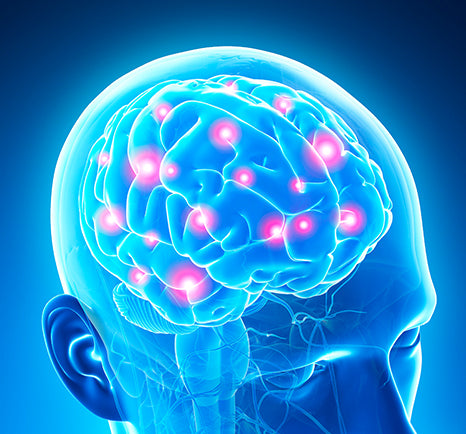
Features
When one neurotransmitter is normalized, other neurotransmitters are also stabilized. In other words, the treatment will bring all neurotransmitters to a normal level, achieving a mutual balance or homeostasis.
When the balance of neurotransmitters is restored, symptoms related with alcohol/drug dependence – I.e. depression, bipolar disorder, obsessive compulsive disorder, antisocial personality disorder, schizophrenia, and anger control disorder – will also be relieved.
The treatment will increase the muscles’ capacity to resist stress; as the level of endorphin normalizes, the patient will be gradually lessen their dependence on alcohol/drugs.
As the chest pain is relieved, free radicals from the area of pain will disappear, causing the light to cease to be emitted. In other words, once the neurotransmitters are restored to a normal level, the treatment effect will no longer proceed.
How to use
-

01. Chims Band (tape) treatment
Attach Chims Band to identified areas of pain.
* Caution: Chims Band may cause skin allergies.
* It is recommended to apply Chims Band for a few more days even after the symptoms improve because there are cases where pain is latent.
-

02. Chims Wear treatment
Chims Wear is a product designed to assist people who need a long-term treatment of stress-related symptoms. The product, because it does not require attachment to the skin like Chims Band, is also recommended for people who have weak skin or hairy skin.
